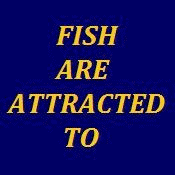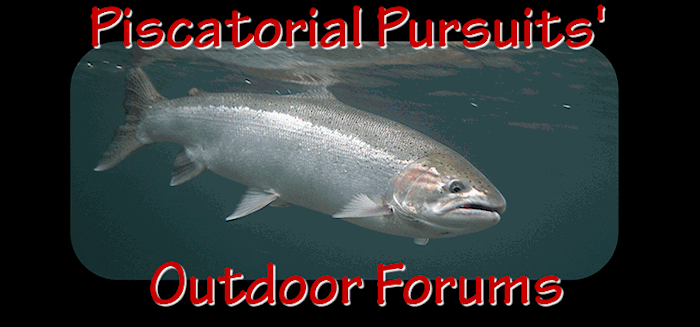A good first step would be to ban outboard motors that donít meet the CARB two star standards. That would be all 2-stroke motors that are not fuel injected. Every non-fuel injected 2-stroke motor discharges a minimum of 25% of its fuel/oil mixture into the environment and considerable more as it becomes older. The boating industry claims that water quality is not harmed because the discharged fuel evaporates out of the water quickly. This is true to some degree but not all of it does evaporate, what does impacts air quality. I suspect the rate of evaporation is subject to air and water temperatures and would be different on the Kenai than in southern California for instance.
I think this is a problem in Puget Sound. Any of us who launch early at the local boat ramps have seen the oil slicks in the water around the ramps. A solution for Alaska and here would be a ban on 2-strokes or a pollution permit with a steep fee based on horsepower. This could be combined with a motor buy back program. It is done for commercial fishers when their seasons are cut so it seems reasonable to do something similar to protect the marine environment. The links below are papers related to 2-stroke pollution.
http://www.fishingnj.org/njnet12.htm http://www.ec.gc.ca/science/sandemay00/article1_e.html I looked at the thread mentioned by Carver in his last post. It seems that 2-strokes are only about 10% of the motors used on the Kenai. I have seen some statements that 4-cycle outboard motors pollute about forty times less than 2-strokes and donít discharge oil into the water. If true this implies that more than 80% of the oil in the water is coming from the 2-strokes.













 Previous Topic
Previous Topic Index
Index


